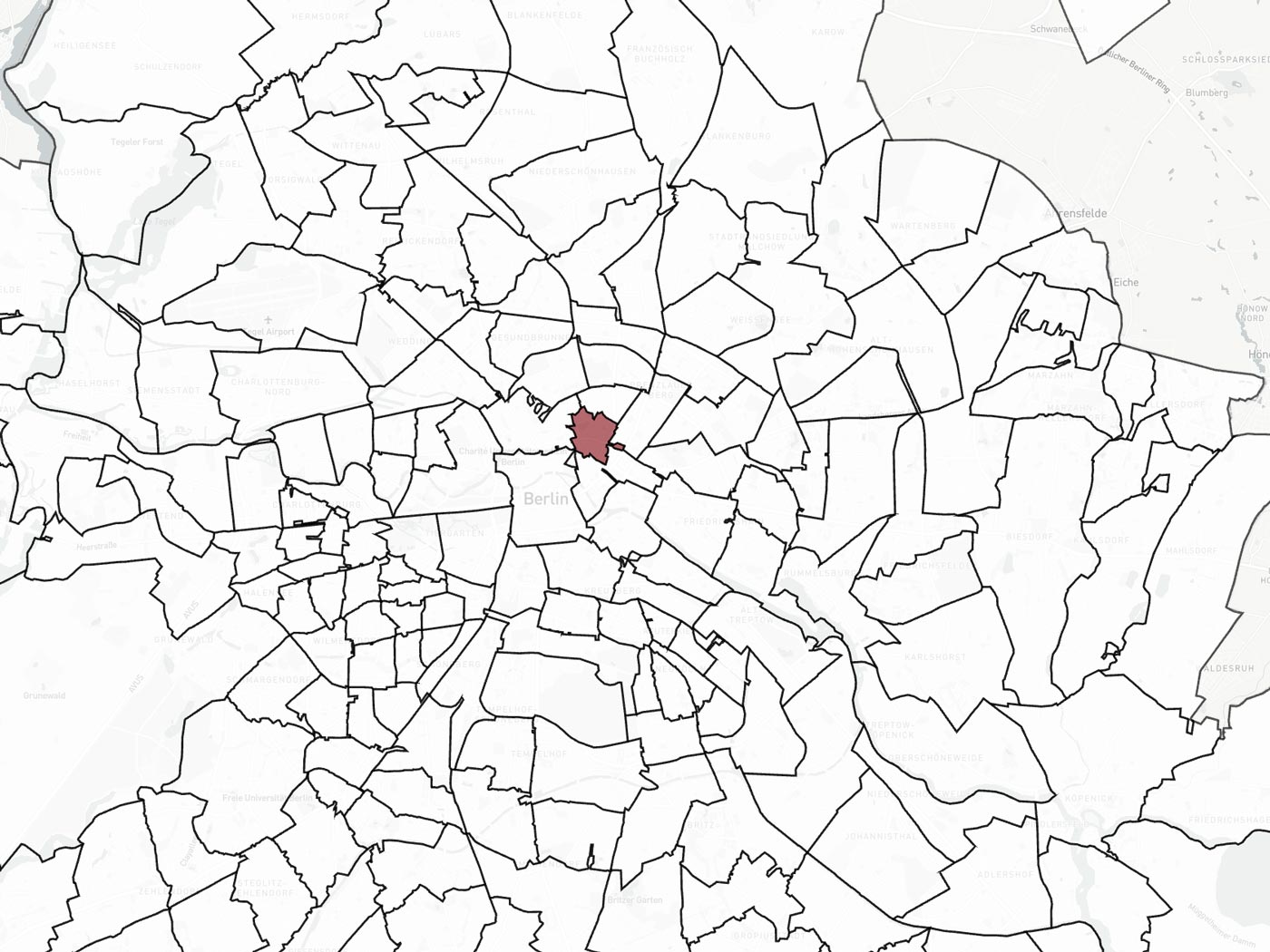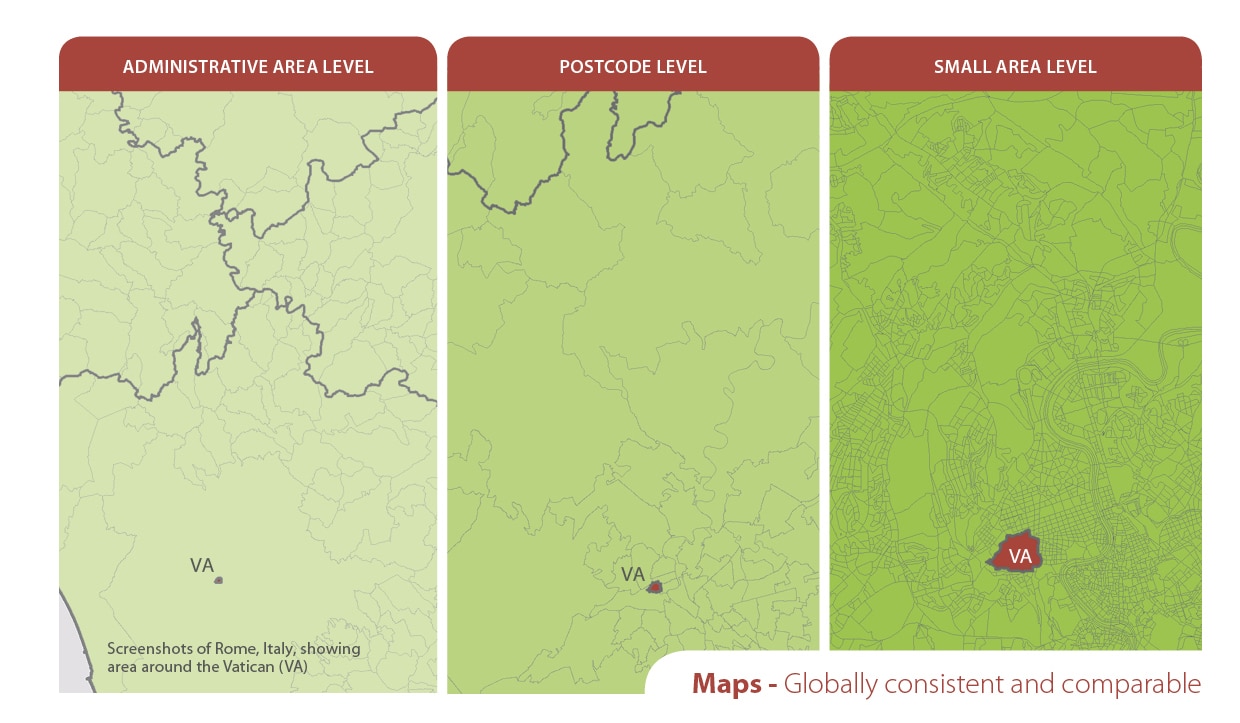
POSTCODE BOUNDARY MAPS (ZIP)
DIGITAL POSTCODE BOUNDARY MAPS AS THE BASIS FOR YOUR DATA
Worldwide postal areas are geographic boundaries that define the geographic area for each postcode. Digital Postcode boundaries help you to display and analyze spatial areas on a map.
They can easily be matched and attributed with company internal data (e.g. sales figures, sales areas) or SOCIODEMOGRAPHIC DATA and PURCHASING POWER data.
VAST VARIETY OF USES IN MANY ASPECTS OF BUSINESS APPLICATIONS
Our area boundaries provide you with a consistent basis for visualizing your data for various tasks and applications, such as
- Sales planning
- Sales controlling
- Site planning
- Expansion planning
- Branch network planning
- Customer visualization
- Predictive analytics
- Insurance risk management
- Thematic mapping
- Social Media Marketing
- Postcode look-up tables
- Internet applications
- Geocoding and Reverse Geocoding

2 Simple Examples
Where do my customers come from?
In retail, postal boundaries are used to visualize catchment areas. A simple example: the customer is asked for the postal code at the DIY store checkout.
Added value with company-owned data
Many companies have customer data (address data) or proprietary data, such as sales territories or sales figures, with information on the postal code. This data is linked to our digital zip code boundaries and thus enables spatial relationships to be identified in a descriptive manner on a digital map. Additional data such as population, sociodemographic and purchasing power data can be added individually.
Key Differentiators

Globally consistent and comparable data

Strict quality control

Individual consulting and support

Continuous updating after every release

100 % GDPR compliant
COUNTRY AVAILABILITY
Europe | North America | South America | Asia | Oceania | Africa
DATA FORMATS
Tab delimited file (TXT) | KML | Access database (MDB) | Excel (xls) | Esri Shapefile (.shp) | Esri Geodatabase (.gdb) | MapInfo (.tab) | MapInfo MIF/MID | more on request
DATALINK API
Easy access to a variety of MBI data
• Datalink Desktop
• Datalink Rest API

